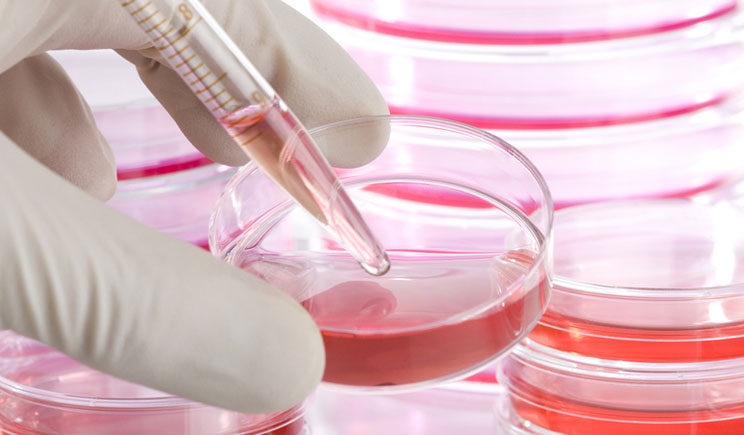
Stem cells may be closer to being implemented.
The ability to turn stem cells into new teeth will be showcased at the Royal Society’s Summer Science Exhibition. Stem cells would likely be a more effective way to replace missing teeth because of the costs of implants, in addition to the difficulty in making sure the implants last for a long period of time.
It’s possible that the teeth grown from stem cells could be implemented in mice within five years, according to Paul Sharpe, Dickinson Professor of Craniofacial Biology at King’s College London Dental Institute.
It’s also plausible for teeth to be grown from embyronic cells but using adult cells and growth-stimulating chemical factors is more likely to make it to the market at an affordable price.
Growing new teeth requires two cells, epithelial cells and mesenchymal stem cells. One cell must send a message to the other cell to start the process of creating teeth. Sharpe’s research has indicated that epithelial cells have the ability to respond to gum tissues during routine dental surgery. The goal of the researchers now is to find a source of mesenchymal cells that will do the same.
Stem cells in adult bone marrow produce other types of tissues—but only for 24 hours. It would be ideal to find a way to awaken the properties of cells to grow tissue and find their ability to grow teeth for longer periods of time.
Researchers conducted studies of shark and snake teeth, which are always replaced after a tooth breaks or falls out. The stem cell-rich dental lamina is examined thoroughly to understand this process. If epithelial and mesenchymal cells can be successfully combined, then new teeth should be capable of being created.



